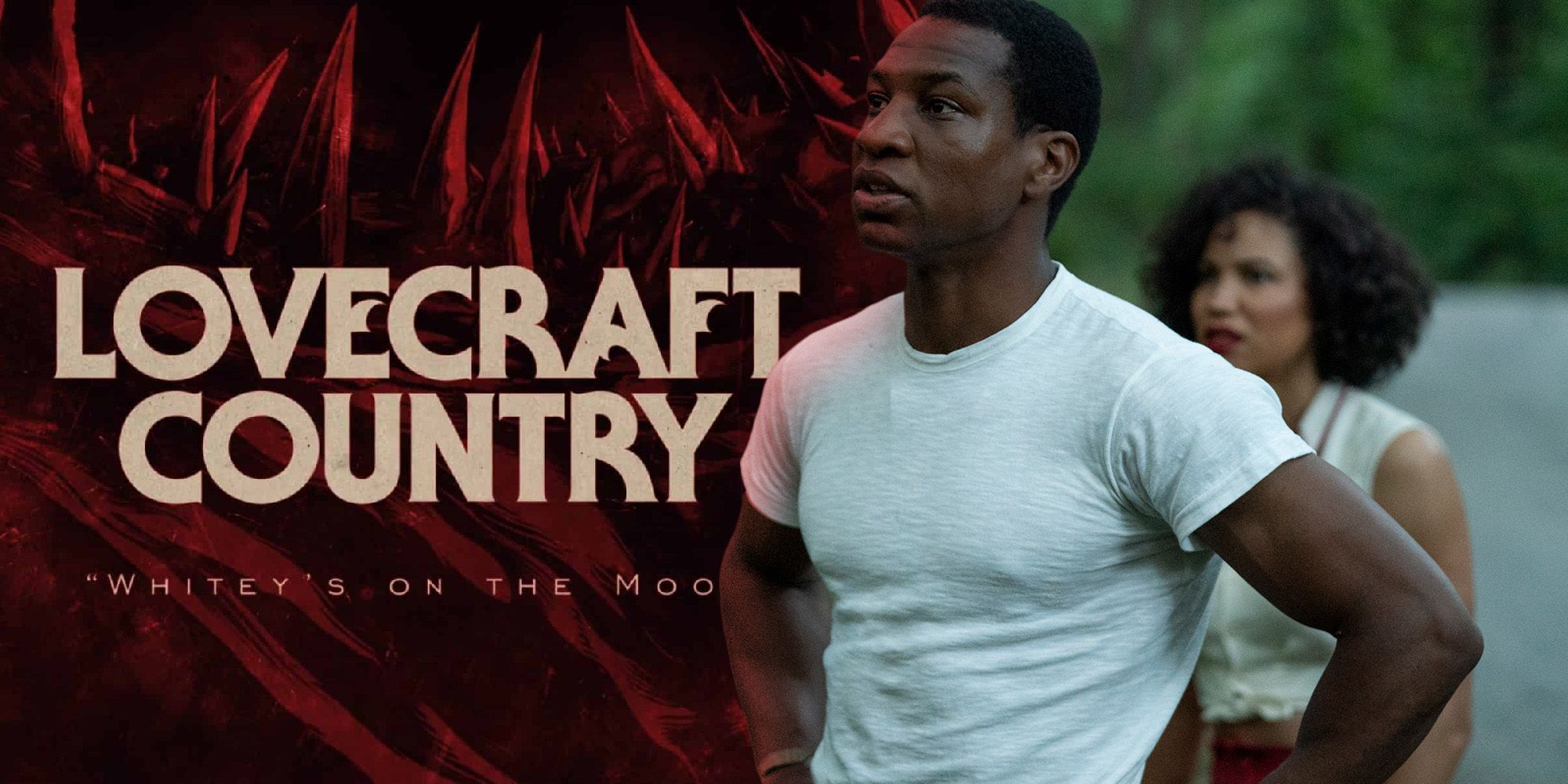
The unique structure of Lovecraft Country consists of a central, overarching plot that runs through a series of smaller, intersecting stories, each exploring a different corner of the pulp genre world; each was also hinted at by a clue in the show's title card. Although the sequence is brief, the background image references the main story of the corresponding episode, and the image under the main title of the episode subtly reveals the focus and theme.
Lovecraft Country is simultaneously a love letter and a sharp-pointed criticism of genre fiction, embracing the rich imagination of science fiction, fantasy, and horror while deconstructing racist tropes and denouncing the hostile legacy of these types of works, specifically as is related to horror icon H.P. Lovecraft. Each episode tackles a different kind of sub-genre, allowing the show to explore a wide narrative range and celebrate diversity in creative storytelling. In this way, the series' episodic patterns are reminiscent of older television programs that aired decades ago in the '60s and '70s, an era in which programming was significantly less serialized than it is in 2020.
This means that episode events were self-contained instead of a part of a larger story spanning the entire show, a format that worked best in the form of speculative genre fiction like Star Trek and The Twilight Zone so each entry could hone in on a particular theme. Lovecraft Country is more comparable to later pseudo-serialized shows like The X-Files and Buffy the Vampire Slayer, all of which featured a case-by-case "monster of the week", while still following an underlying mystery. However, Lovecraft Country's format is still a clear callback to this genre tradition. The clues in the title cards of each episode evoke this sense of the past like the covers of yellow-paged pulp novels, but did you manage to catch them all?
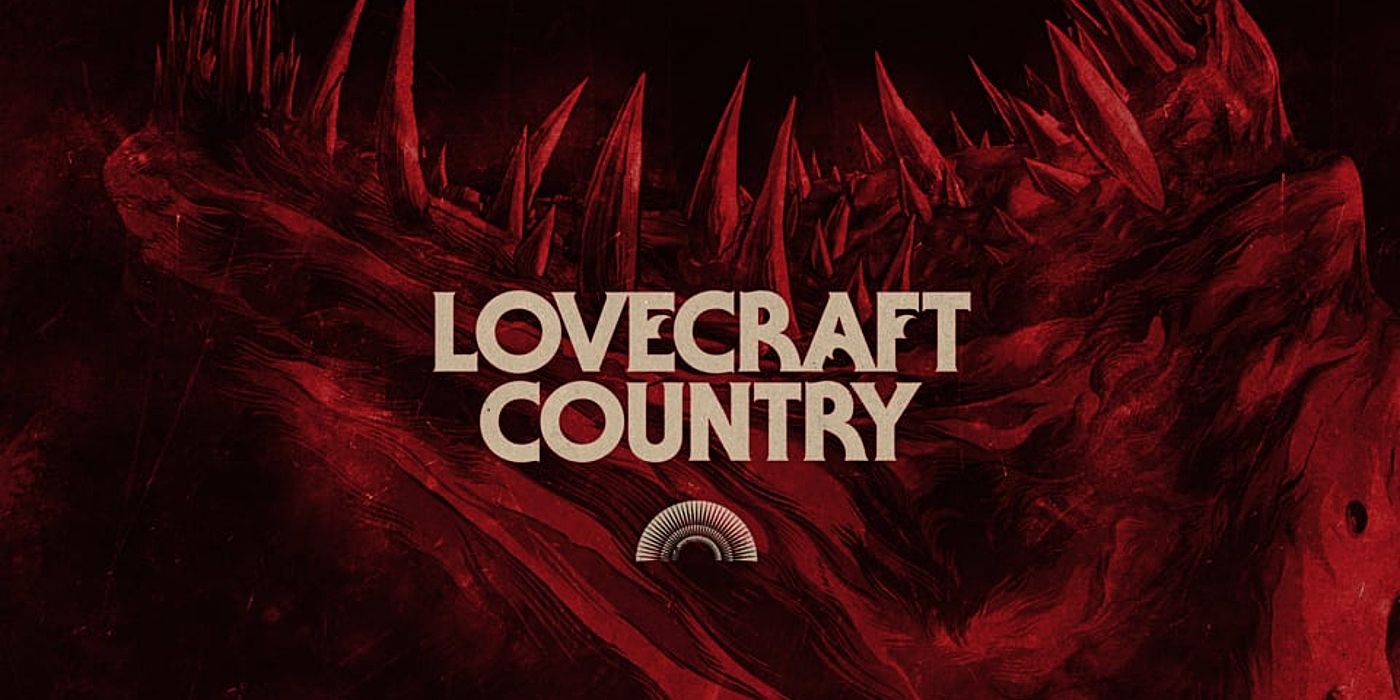
Lovecraft Country episode 1, "Sundown", doesn't get a title card, but the story continues on to make up a two-part arc that establishes the main players in the ongoing story. There are astrological imagery and phrases packed throughout the first two episodes of Lovecraft Country, right down to the names of the episodes themselves containing the words "sun" and "moon." The image in the title card looks like the two cosmic bodies interlaced over each other, a reference to the Order of the Ancient Dawn. The background is an illustration of a Lovecraftian beast with lots of teeth, an introduction to the Shoggoths on the show, which were revealed in episode 1.
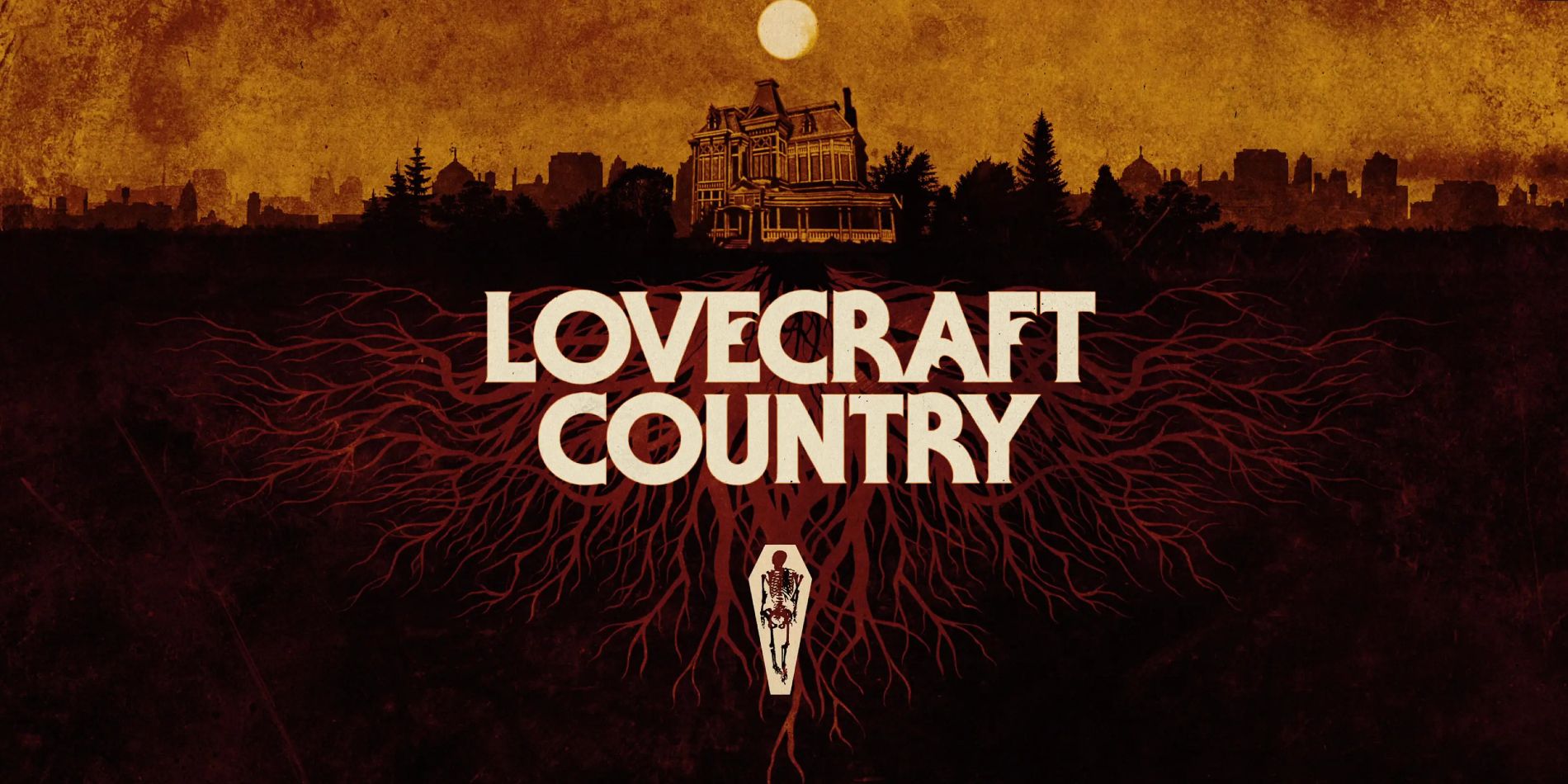
Lovecraft Country episode 3, "Holy Ghost", is a Gothic haunted house tale about the traumatic legacy of the property Leti purchases with her inheritance money. The house itself is the focus of the title card illustration, while its roots grow deep underneath the earth it stands on, a symbol of how deeply ingrained racism is in the seemingly picturesque American dream home. The image following the title name is a skeleton in a coffin, as if the roots themselves lead to the deceased souls of the Black victims of the mansion's previous resident. It's also a reminder that this episode is, most definitely, a ghost story.
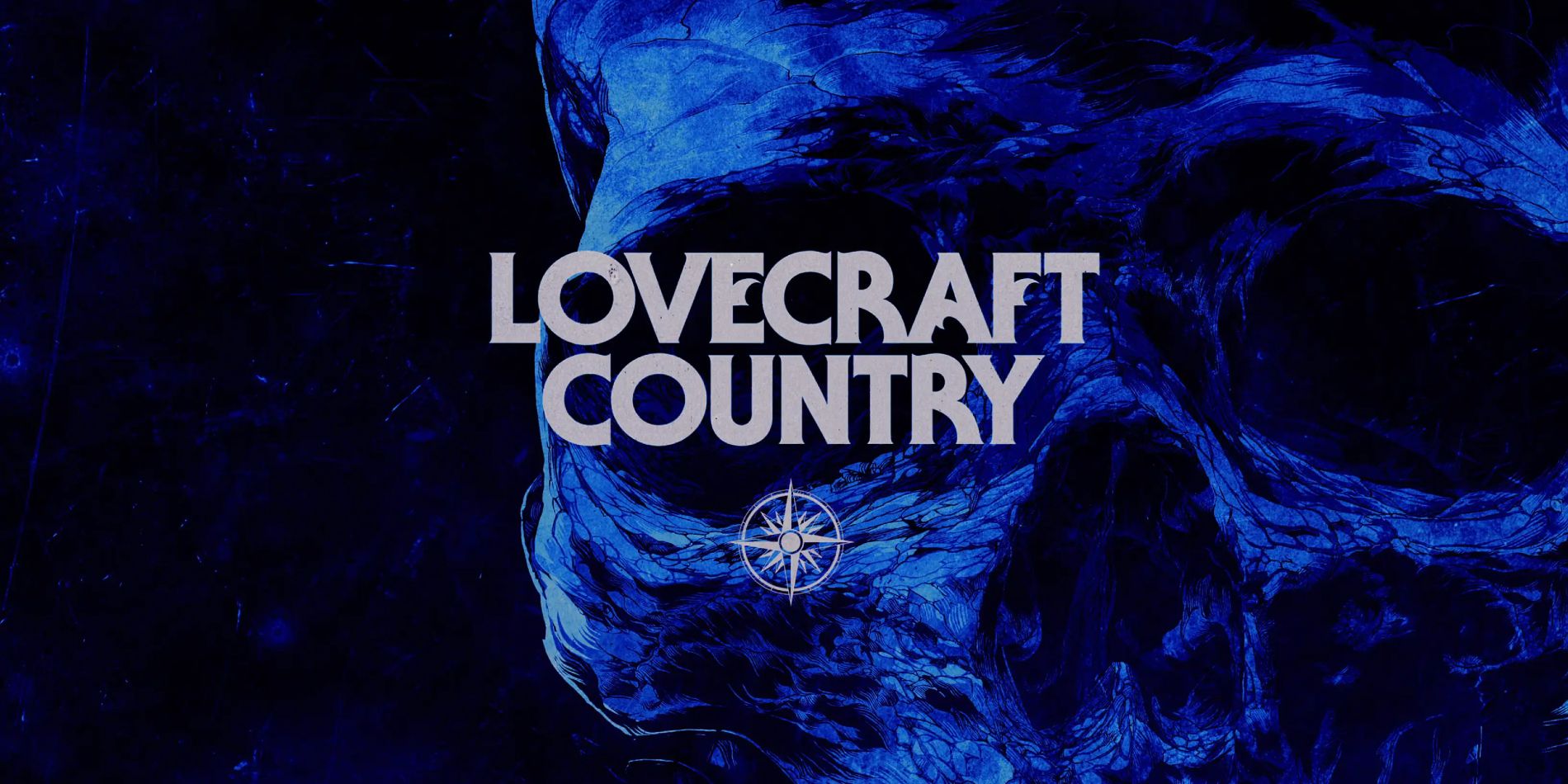
Lovecraft Country episode 4, "A History of Violence", tackles the adventure serial, symbolized by the compass clue in the title sequence. It's not only a reference to the high-stakes exploring that Tic, Leti, and Montrose undergo to find Titus Braithwhite's missing pages, but is also a hint about the episode's explorations of Braithwhite's own imperialist career as an "explorer". The title clue also touches on the way this tradition has manifested in America's museums and adventure fiction. The skull in the background may seem generic, but what adventure story would be complete without a few skeletons to signal the ill-fated attempts of past treasure hunters?
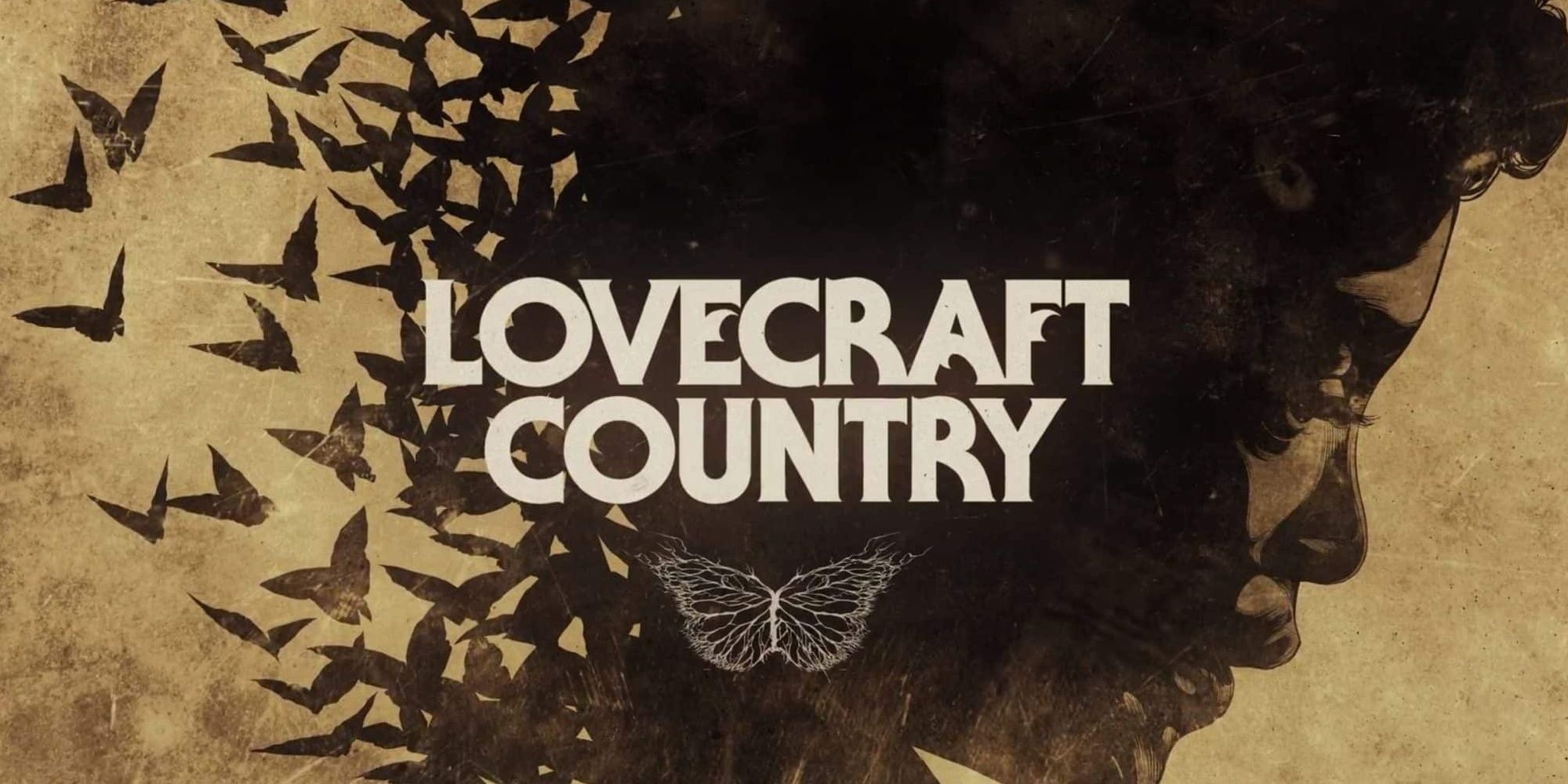
The butterfly imagery all over the title card of Lovecraft Country episode 5, "Strange Case", signals the body horror that lies within this installment. Not only is the image logo a butterfly-shaped conglomeration of something that looks like veins or roots, but the background is a half profile of Ruby's face melting into a flock of butterflies. It only makes sense, then, that the theme of this episode is metamorphosis, placing William's transformative magic at the center of the plot as it changes Ruby into a white woman. The episode also includes one of the biggest reveals in the show: that William is actually Christina operating under the effects of the metamorphosis potion.

The nine-tailed fox spirit at the center of this episode is outright stated in the title card. The Korean characters that appear translate to "kumiho", which is the Korean word for the creature that possesses Ji-Ah and causes her to seduce and murder men as tribute. The background illustration depicts the literal nine tails of the fox that terrifyingly spout out of Ji-Ah like hairy tendrils when she consumes her prey.
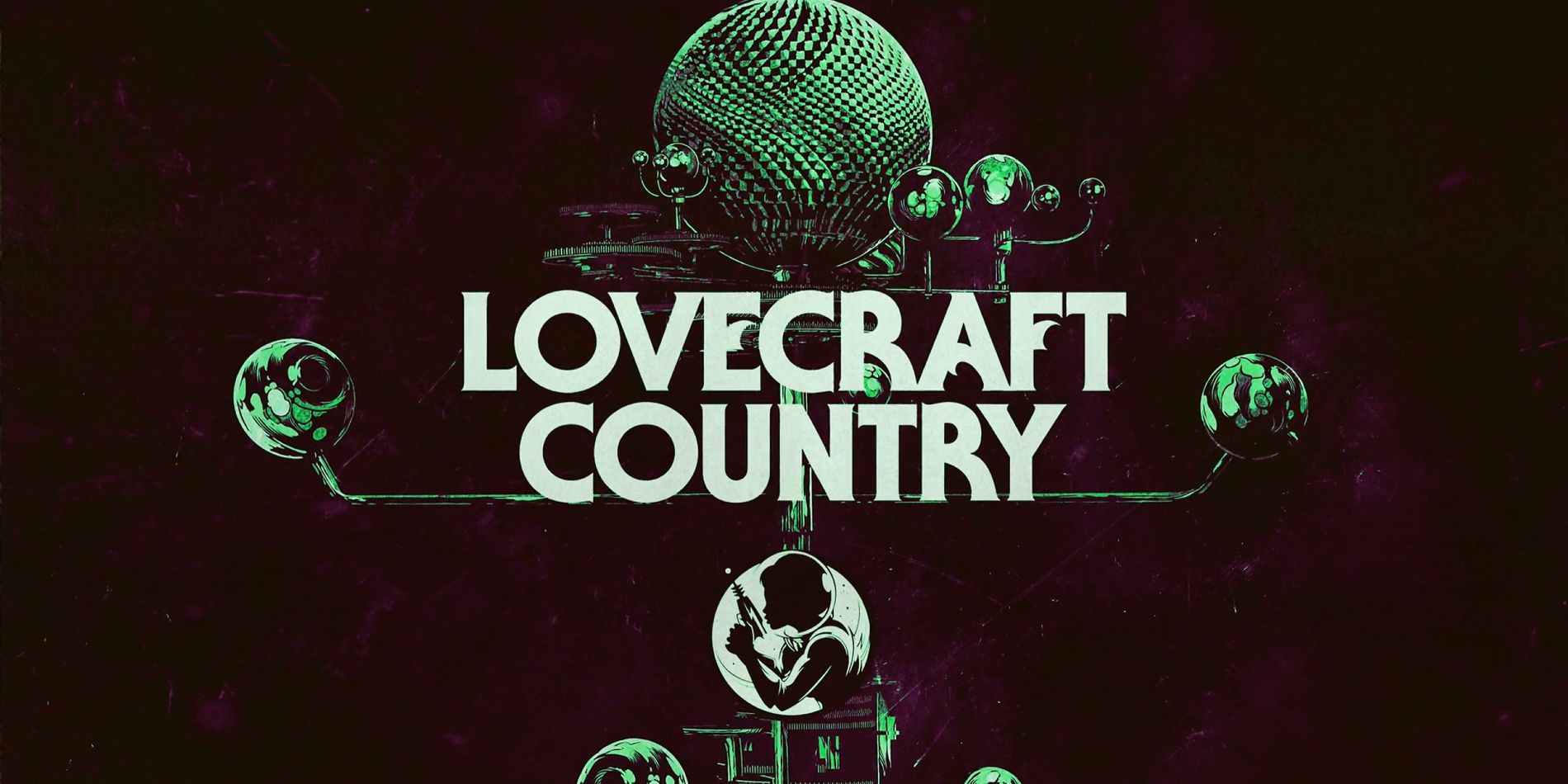
The opening sequence of Hippolyta tinkering with the orrery - the mechanical device replicating the solar system, another reference to astronomy connecting back to the beginning episodes - immediately blends into the title card's illustration of the same machine. Hippolyta's dimension-hopping, time-traveling quest eventually leads her to discover her true, perhaps even preordained role as a "discoverer." As she basks in an inter-dimensional glow at the end of Lovecraft Country episode 7, "I Am.", Hippolyta is wearing the same spacesuit seen in the title.
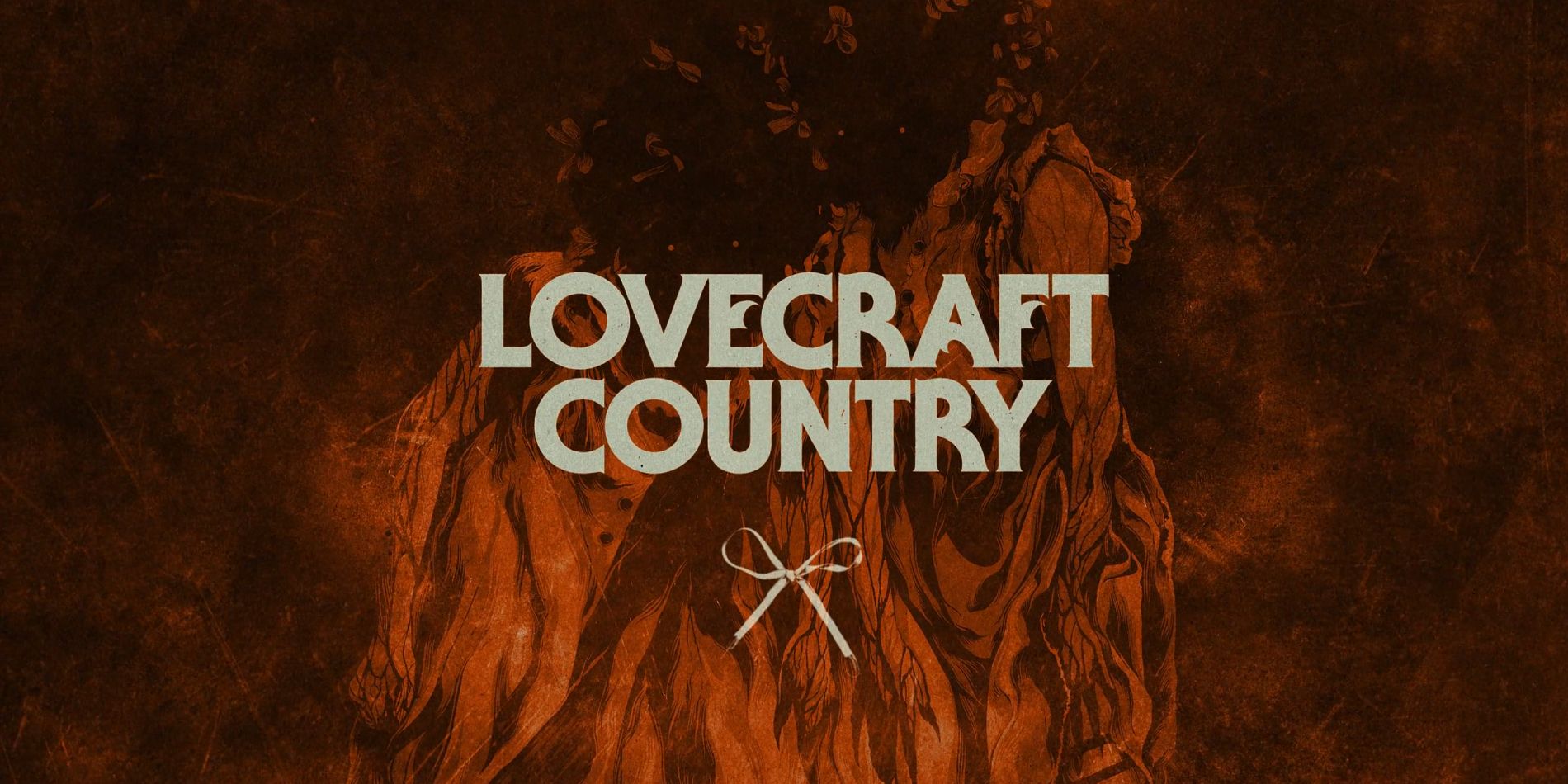
Topsy and Bopsy, the demonic racial stereotypes that haunt Diana throughout this episode, are heralded by the creepy background illustration that highlights the twins' more infernal characteristics. Likewise, the ribbon used in the title image is the same as those tying together the unkempt hair of the two demons. It's a reference to one of the primary visual markers of the pickaninny caricature that Topsy and Bopsy are gruesomely emulating, identifiable by their disorganized hairstyle. The wide, red lips and unsettling dance routine are callbacks to the dehumanizing minstrel shows these children could be found in throughout history.
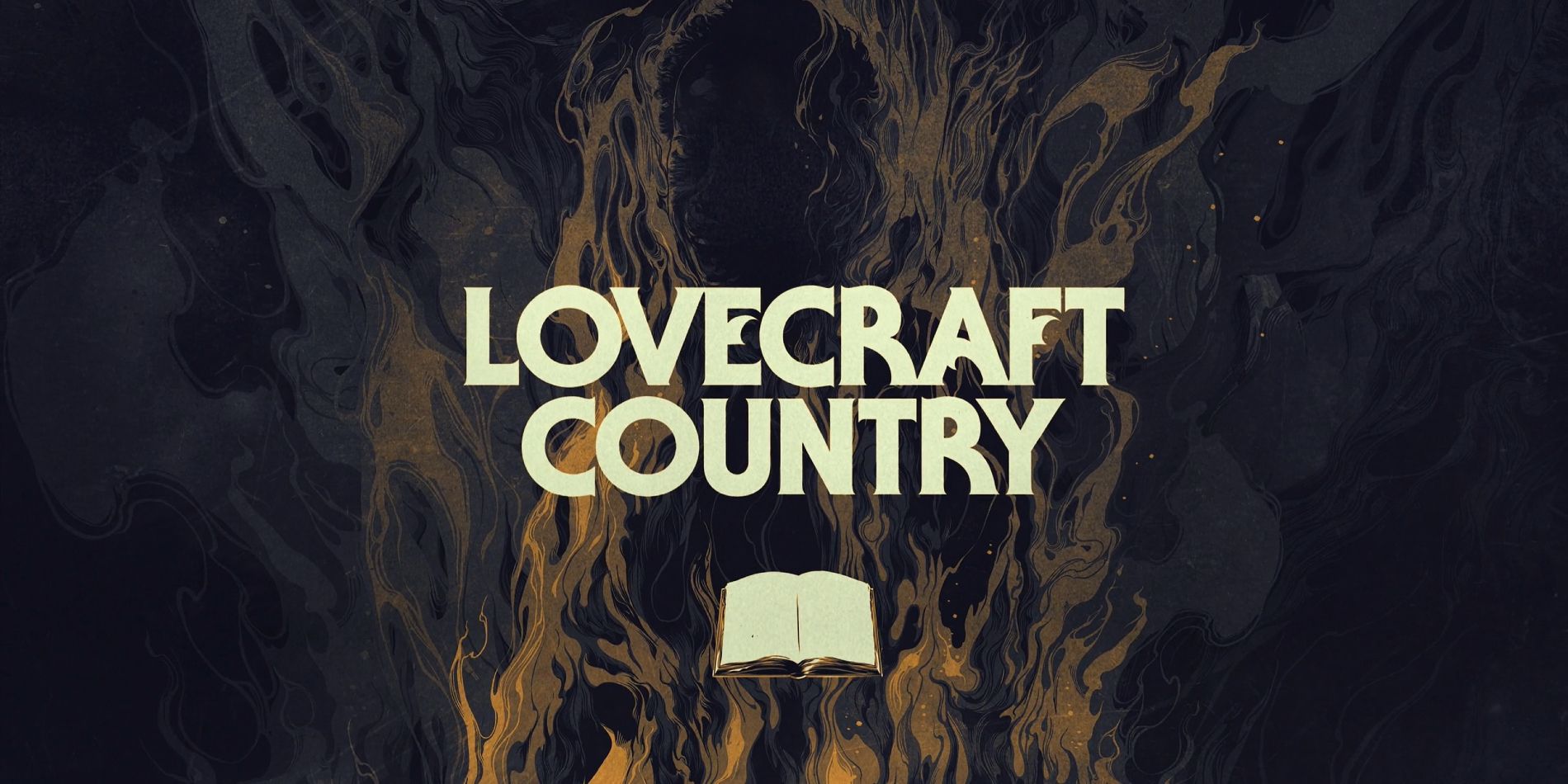
There are more time travel adventures to be had as the main cast of characters warps to the year 1921, the year of the Tulsa race massacre, in order to recover the Book of Names before it was destroyed in the fires. The entire title sequence is a stark, powerful image of the book underneath the flames of a burning black woman, presumably Tic's great-grandmother, Hattie. It foreshadows the tragic end of the episode, in which Leti takes the book from her after promising to protect her legacy after her death. The title card visual of Hattie solemnly accepting her fate while the book glows bright in the foreground compliments that emotional moment.

The final title sequence in Lovecraft Country season 1 doesn't actually contain any clues to the episode in order to keep the audience in suspense, but it does include a beautifully illustrated retrospective title card that incorporates elements from past episodes. The Shoggoths, the haunted house, the butterflies, the kumiho, the orrery, and Topsy and Bopsy are all included within the symmetrical pattern of the artwork. Going into an episode without a clue to work on gives the Lovecraft Country season 1 finale the same mystifying, but exciting feel as the very first episode. Lovecraft Country has, indeed, come full circle.
from ScreenRant - Feed https://ift.tt/3oTdG0z

0 Comments